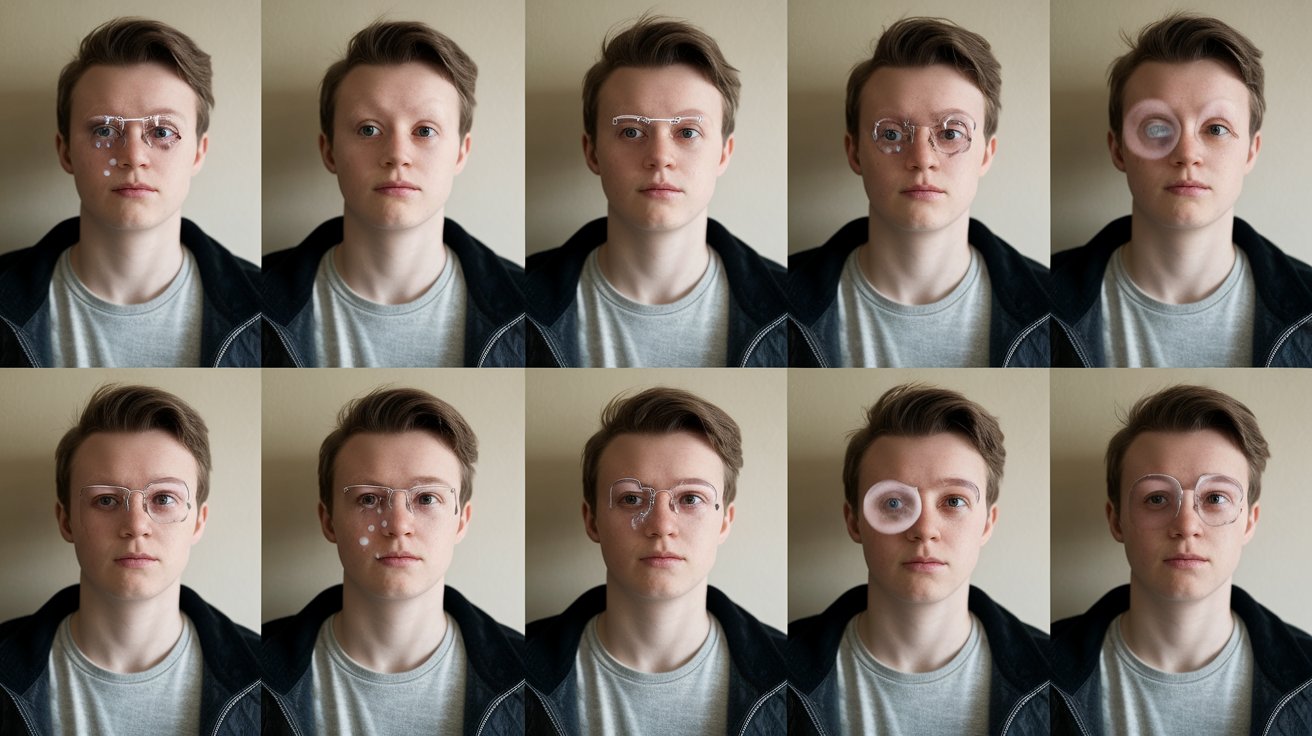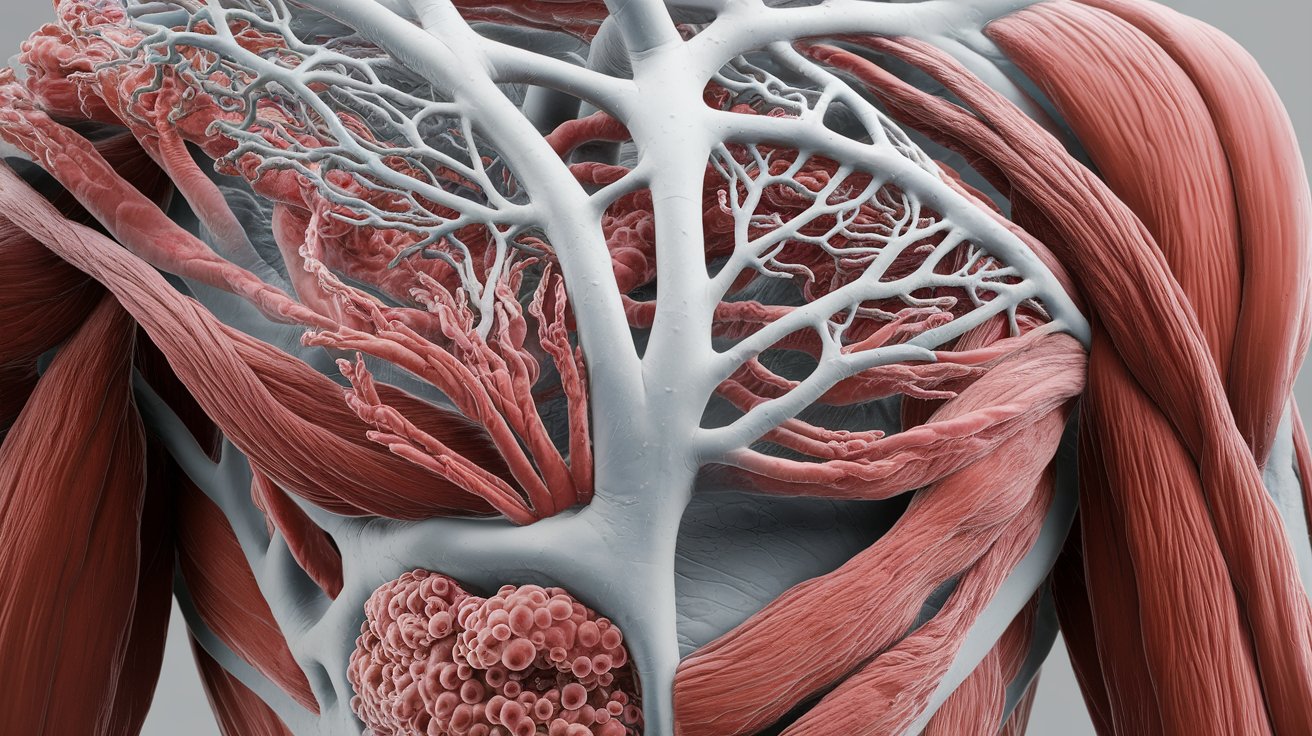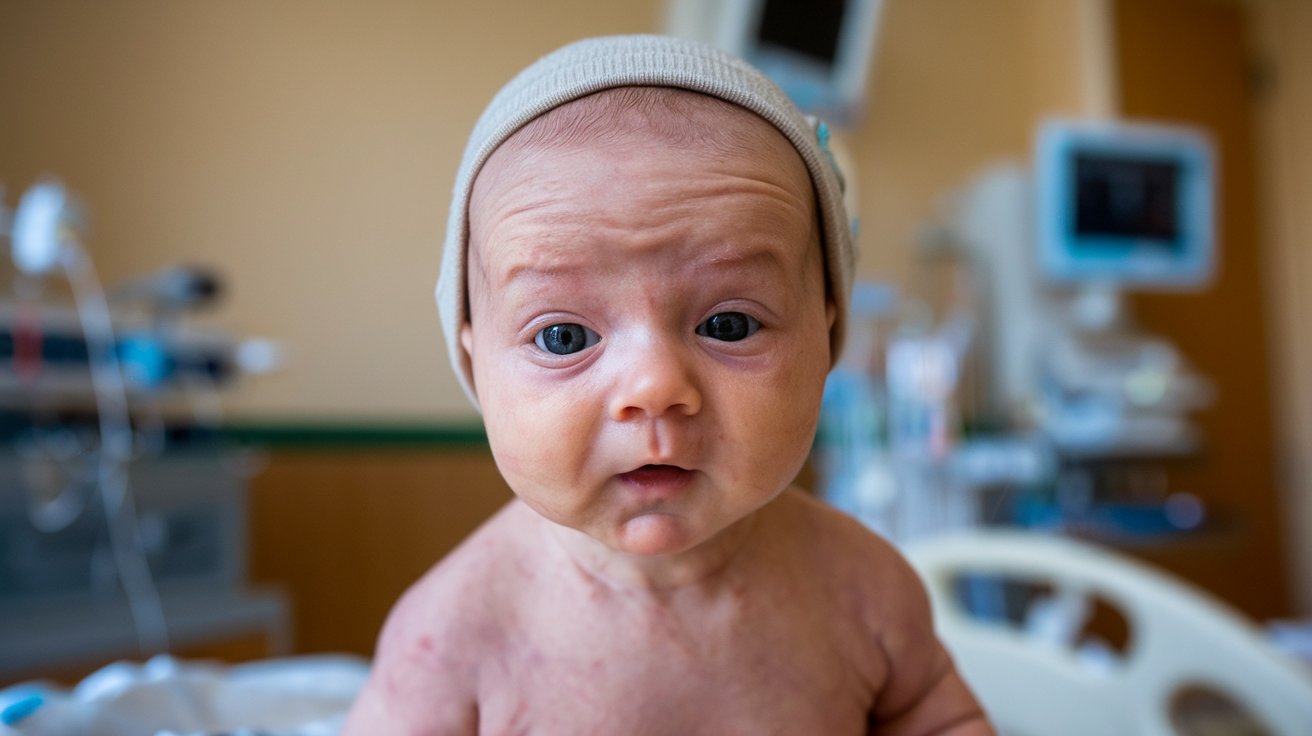
Raine Syndrome is a rare genetic disorder that affects bone development and other body systems. Caused by mutations in the FAM20C gene, it often leads to severe symptoms such as craniofacial abnormalities, brain malformations, and growth delays. Most cases are diagnosed in infancy due to noticeable physical traits. Understanding Raine Syndrome can help families and caregivers provide better support and care. This blog post will cover 30 essential facts about Raine Syndrome, offering insights into its causes, symptoms, diagnosis, and management. Whether you're a parent, healthcare provider, or simply curious, these facts will give you a comprehensive overview of this complex condition.
Key Takeaways:
- Raine Syndrome is a rare genetic disorder that affects bone development, causing symptoms like respiratory issues and hearing loss. Early diagnosis and supportive care are crucial for managing the condition.
- Research and genetic counseling play vital roles in understanding and treating Raine Syndrome. Ongoing studies, clinical trials, and patient registries offer hope for future advancements in care and treatment.
What is Raine Syndrome?
Raine Syndrome is a rare genetic disorder that affects bone development. It is caused by mutations in the FAM20C gene. This condition is often diagnosed in infancy due to its severe symptoms. Let's dive into some fascinating facts about Raine Syndrome.
-
Raine Syndrome is extremely rare. Only a few dozen cases have been reported worldwide.
-
It is named after Dr. John Raine. He first described the condition in 1989.
-
The FAM20C gene is responsible. Mutations in this gene disrupt normal bone formation.
-
Symptoms appear early. Most affected infants show signs at birth or within the first few months of life.
-
Craniofacial abnormalities are common. These include a prominent forehead, wide-set eyes, and a small jaw.
Symptoms and Diagnosis
Understanding the symptoms and how Raine Syndrome is diagnosed can help in early detection and management. Here are some key points.
-
Bone abnormalities are a hallmark. Infants often have dense bones that are prone to fractures.
-
Respiratory issues are frequent. Many affected infants have difficulty breathing due to narrow nasal passages.
-
Growth delays are typical. Children with Raine Syndrome often have short stature and delayed growth.
-
Hearing loss is common. Many affected individuals experience conductive hearing loss.
-
Diagnosis involves genetic testing. Confirming the mutation in the FAM20C gene is crucial for diagnosis.
Treatment and Management
While there is no cure for Raine Syndrome, various treatments can help manage the symptoms. Here are some important aspects of treatment.
-
Supportive care is essential. This includes respiratory support and nutritional assistance.
-
Surgery may be needed. Some children require surgery to correct craniofacial abnormalities.
-
Hearing aids can help. These devices improve hearing for those with conductive hearing loss.
-
Physical therapy is beneficial. It helps improve mobility and strength.
-
Regular monitoring is crucial. Frequent check-ups help manage complications and track growth.
Genetic Insights
Genetics play a significant role in Raine Syndrome. Here are some intriguing genetic facts.
-
It is inherited in an autosomal recessive manner. Both parents must carry a copy of the mutated gene.
-
Carrier parents are usually unaffected. They do not show symptoms but can pass the gene to their children.
-
Genetic counseling is recommended. Families with a history of Raine Syndrome should seek genetic counseling.
-
Prenatal testing is available. This can detect the condition before birth.
-
Research is ongoing. Scientists are studying the FAM20C gene to better understand its role in bone development.
Living with Raine Syndrome
Living with Raine Syndrome presents unique challenges. Here are some insights into daily life with this condition.
-
Early intervention is key. Starting treatment early can improve outcomes.
-
Multidisciplinary care is important. A team of specialists can address the various symptoms.
-
Education plans are necessary. Customized education plans help children succeed in school.
-
Support groups provide help. Connecting with other families can offer emotional support.
-
Adaptive equipment can assist. Tools like wheelchairs and communication devices enhance quality of life.
Research and Future Directions
Research is crucial for understanding and treating Raine Syndrome. Here are some exciting developments.
-
Gene therapy is being explored. Scientists are investigating ways to correct the genetic mutation.
-
Animal models are used in research. These models help study the disease and test new treatments.
-
Clinical trials are ongoing. New treatments are being tested for safety and effectiveness.
-
Patient registries are valuable. These databases collect information to improve understanding of the condition.
-
Awareness is increasing. More healthcare professionals are learning about Raine Syndrome, leading to better diagnosis and care.
Final Thoughts on Raine Syndrome
Raine Syndrome, a rare genetic disorder, affects bone development and can lead to severe health issues. Early diagnosis and intervention are crucial for managing symptoms and improving quality of life. Genetic counseling can provide valuable support for families dealing with this condition. Researchers continue to explore potential treatments, offering hope for better outcomes in the future. Understanding the genetic basis of Raine Syndrome helps in developing targeted therapies. Awareness and education about this rare disorder can lead to earlier detection and better care. While challenges remain, advancements in medical research bring optimism. Families affected by Raine Syndrome should seek support from healthcare professionals and patient advocacy groups. Staying informed and connected with the medical community can make a significant difference. By sharing knowledge and resources, we can work towards improving the lives of those impacted by Raine Syndrome.
Frequently Asked Questions
Was this page helpful?
Our commitment to delivering trustworthy and engaging content is at the heart of what we do. Each fact on our site is contributed by real users like you, bringing a wealth of diverse insights and information. To ensure the highest standards of accuracy and reliability, our dedicated editors meticulously review each submission. This process guarantees that the facts we share are not only fascinating but also credible. Trust in our commitment to quality and authenticity as you explore and learn with us.


